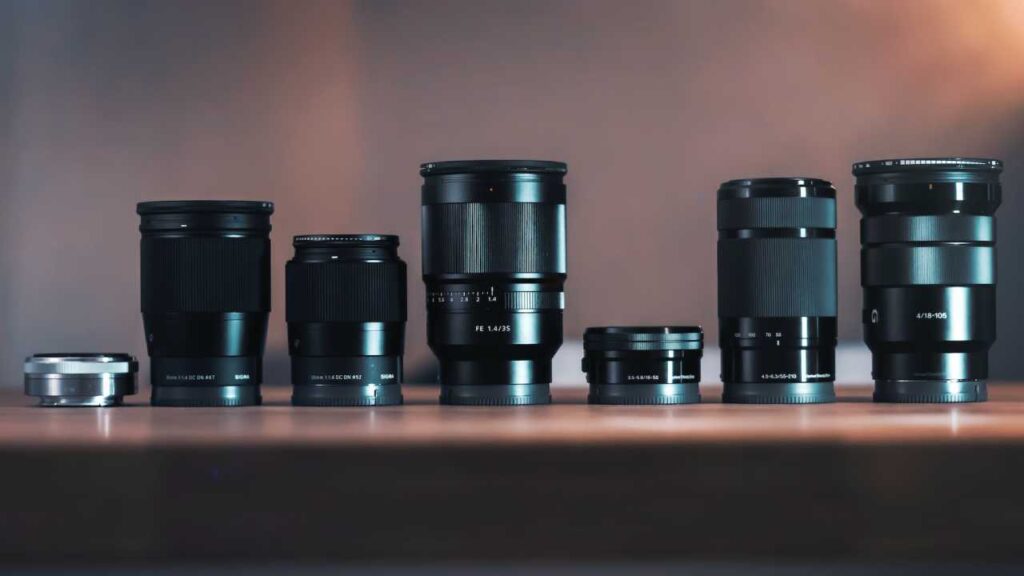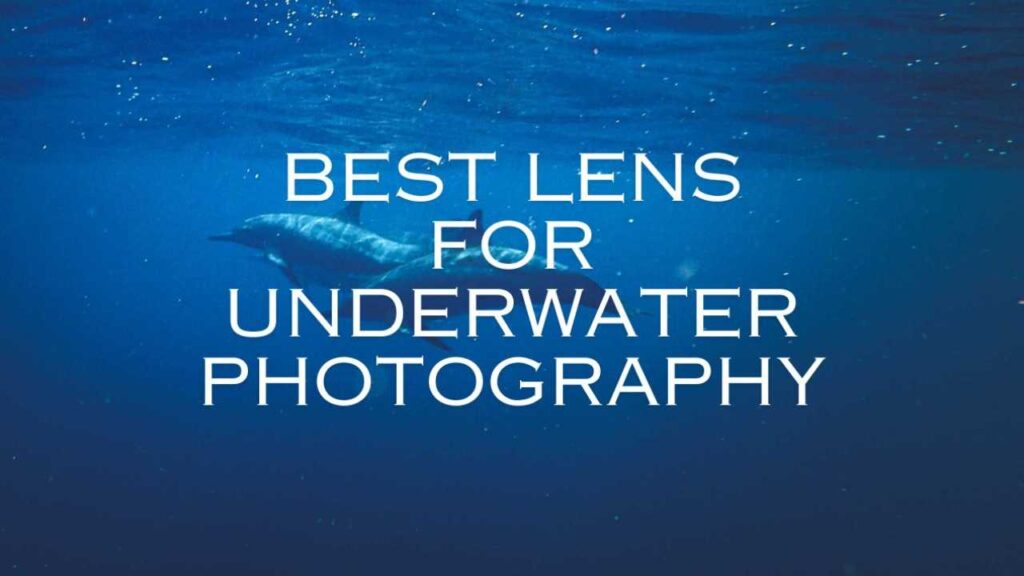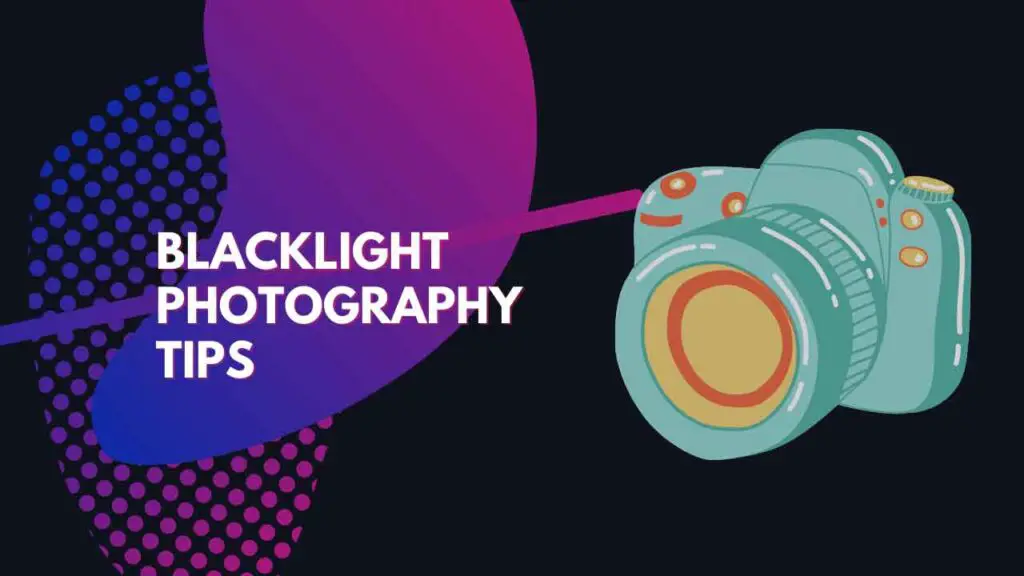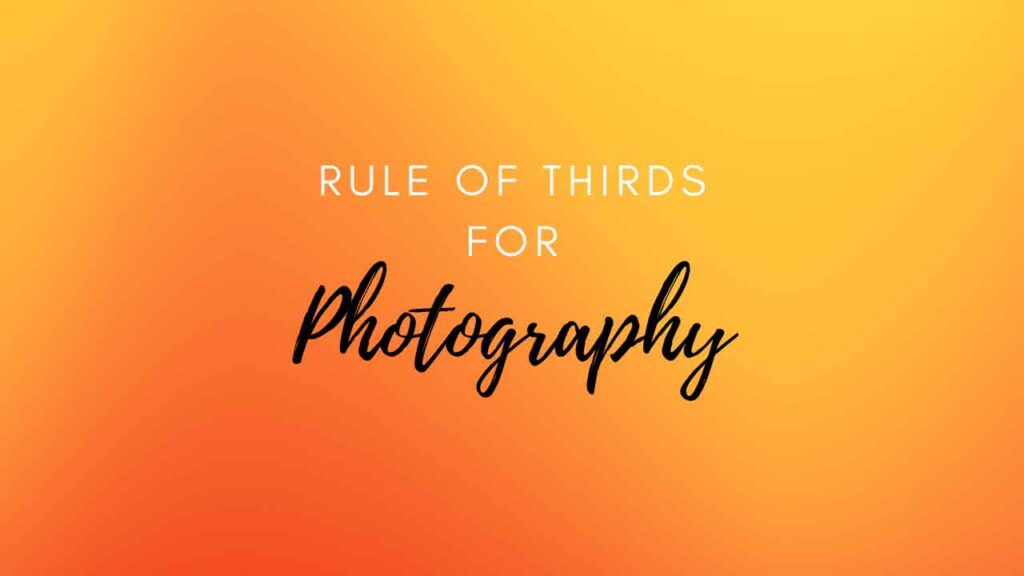THIS ARTICLE MAY CONTAIN AFFILIATE MARKETING LINKS! IN CASE YOU MAKE A PURCHASE THROUGH ONE OF THE LINKS, WE'LL GET A SMALL COMMISSION. WITH NO EXTRA CHARGES TO YOU. THANKS!!
If you’re an avid blogger and love taking your readers on underwater adventures through your photography, you’re in for a treat. Choosing the best lens for underwater photography can make a significant difference in the quality of your images. So, let’s dive into this topic and explore the best lens for underwater photography.
Best Lens for Underwater Photography
When it comes to underwater photography, you need to consider a few key factors. The choice of lens is crucial, as it can greatly impact your ability to capture the mesmerizing beauty of the underwater world.
Wide-Angle Lenses
These are like your wide-angle sunglasses for the ocean. They allow you to capture expansive underwater scenes with ease. So, when you’re exploring the depths and want to capture those breathtaking underwater vistas, a wide-angle lens is your go-to companion. These lenses are like your underwater binoculars, allowing you to take in the grandeur of the underwater world. Here are a few fantastic choices:
- Canon EF 16-35mm f/2.8L III USM: This lens is a favorite among Canon users. Its wide focal range and excellent low-light performance make it perfect for underwater adventures. It’s like having a magic window to the ocean world.
- Nikon AF-S 16-35mm f/4G ED VR: Nikon enthusiasts, don’t feel left out! This lens is a stellar option. The Vibration Reduction (VR) technology is a lifesaver when shooting in challenging underwater conditions.
- Olympus M.Zuiko Digital ED 7-14mm f/2.8 PRO: If you prefer a mirrorless setup, this lens is a gem. It offers the equivalent of a 14-28mm full-frame lens and is perfect for capturing wide-angle shots in the underwater paradise.
Now, here’s a pro tip: Pair your wide-angle lens with a dome port. Why, you ask? Well, underwater, things can get a bit wobbly. A dome port helps correct the distortion caused by the water, ensuring your shots come out as stunning as the real deal.
And, you know what they say, the best camera is the one you have with you. So, make sure your chosen lens is compatible with your camera. Sometimes, a little research on your camera’s housing and lens compatibility can go a long way.
Macro Lenses
It’s fantastic that you’re delving into the fascinating world of underwater photography with a focus on capturing the intricate details of marine life through macro lenses. Let’s discuss some great options in a laid-back manner that your blog readers will find engaging and informative.
When you’re exploring the underwater world, you’ll discover a whole new universe of tiny, mesmerizing creatures and details that are perfect for macro photography. To capture these wonders, you’ll want a reliable macro lens. Here are some cool choices:
- Canon EF 100mm f/2.8L IS USM Macro Lens: If you’re a Canon user, this lens is like a magnifying glass for the sea. It delivers stunning image quality and is well-loved for its image stabilization, a real boon when the underwater current is playing tricks on you.
- Nikon AF-S VR Micro-Nikkor 105mm f/2.8G IF-ED: Nikon enthusiasts, this lens is your underwater magnifying glass. The Vibration Reduction (VR) feature is a lifesaver when you’re shooting those tiny critters in the waves.
- Sony FE 90mm f/2.8 Macro G OSS: For those using Sony mirrorless cameras, this lens is a gem. It’s lightweight, provides excellent image quality, and is an excellent choice for underwater macro photography.
Now, here’s a neat trick: Lighting is crucial for macro photography, especially underwater where natural light can be limited. Consider using external strobes or underwater lighting equipment to illuminate your subjects. This can really make those underwater creatures pop in your photos.
Remember, not all macro lenses are created equal, so make sure the lens you choose is compatible with your camera’s housing. Compatibility is key when you’re going deep into the ocean to capture those tiny sea creatures.
Zoom Lenses
Zoom lenses are your trusty companions when you’re ready to capture the diverse marine life and underwater landscapes in all their glory. Let’s talk about some great zoom lens options for underwater photography in a relaxed, informative style that your blog readers will enjoy.
Zoom lenses offer versatility, allowing you to switch between wide-angle and close-up shots without the hassle of changing lenses. Here are a few zoom lenses that will help you make the most of your underwater adventures:
- Tokina AT-X 10-17mm f/3.5-4.5 DX: This lens is a favorite among underwater photographers. It’s like having a magic lens that transforms your camera into an underwater storyteller. The fisheye effect it produces is perfect for capturing those expansive underwater scenes.
- Canon EF 24-70mm f/2.8L II USM: If you’re a Canon user, this lens offers a versatile focal range that’s great for both wide-angle and mid-range shots. It’s like having a zoom lens that can adapt to whatever underwater wonders you encounter.
- Nikon AF-S NIKKOR 24-70mm f/2.8E ED VR: Nikon enthusiasts, don’t fret. This lens is a gem, just like finding a treasure chest on the ocean floor. The Vibration Reduction (VR) feature is especially useful when shooting underwater.
Zoom lenses can be your best friends when you want to capture the vastness of the ocean or zoom in on those fascinating marine creatures. But here’s a pro tip: Consider using a dome port to correct for the distortion caused by the water, especially when you’re using wide-angle zoom lenses. It’ll make your photos look as incredible as the real underwater world.
Compatibility is key, so make sure your chosen lens is a match for your camera’s housing. Sometimes, a little research on your camera’s compatibility with different lenses can go a long way in ensuring your gear works seamlessly.

- 5 Best Drone for Night Photography
- How to turn Photography into a Career
- Best Camera for Pet Photography
Dome Ports
Dome ports – they might not be the most glamorous part of your underwater photography gear, but they play a crucial role in ensuring your shots come out as stunning as the real deal. Let’s talk about these essential accessories in a casual, informative style that your blog readers will appreciate.
So, what’s the deal with dome ports, and why are they important for underwater photography? Well, think of them as the underwater equivalent of correcting your vision with glasses. In the watery world, things can get a bit distorted, and a dome port helps you see clearly, or in this case, capture your shots clearly.
Here are a few things to consider when choosing a dome port for your underwater adventures:
- Size Matters: Dome ports come in different sizes, and the one you choose should match your lens and camera setup. It’s like picking the right tool for the job. A port that’s too small can lead to vignetting, while one that’s too big might affect image quality.
- Material: Most dome ports are made of acrylic or glass. Glass is generally more durable and less prone to scratches, but it’s also heavier. Acrylic ports are lightweight and affordable but may scratch more easily. Think of it like choosing between a sturdy dive suit and a sleek wetsuit for your camera.
- Compatibility: Just like with your lenses, ensure that the dome port you select is compatible with your camera’s housing. It’s like making sure your puzzle pieces fit perfectly.
- Shape: Dome ports can come in different shapes, from standard domes to more compact “mini domes.” The choice depends on your specific needs. Standard domes are great for split shots, where you capture both underwater and above-water scenes.
- Maintenance: Just as you maintain your diving gear, your dome port needs care too. Keep it clean and free from scratches. A scratched dome can impact the quality of your photos, like a smudged lens.
Now, let’s address a common concern: dome ports can be a bit of an investment. However, they are an integral part of your underwater photography setup, and the right port can significantly enhance the quality of your images. If you’re on a budget, there are some more affordable options available, but do your research to ensure they meet your requirements.
Budget Considerations
Let’s dive into the practical side of underwater photography – budget considerations. Underwater photography can be an exhilarating hobby, but it’s important to keep your finances in check. Here’s a casual and informative look at managing your budget for this exciting pursuit.
- Prioritize Your Gear: Start by prioritizing your gear. While it’s tempting to buy everything at once, focus on the essentials. Your camera, housing, and lenses are your main tools. Look for deals or consider second-hand equipment to save some bucks.
- Housing vs. Compact Cameras: If you’re on a tight budget, consider using a compact camera with a waterproof housing. These setups can deliver excellent results without the hefty price tag of a full DSLR or mirrorless system.
- Lenses: Invest in versatile lenses that suit your photography style. Instead of buying an array of lenses, opt for one that can handle various situations. It’s like having one multi-tool instead of a whole toolbox.
- Strobes and Lights: Lighting is key in underwater photography. While professional strobes can be expensive, there are affordable alternatives like continuous LED lights. They may not have the same power but can still enhance your shots without breaking the bank.
- Dome Ports and Accessories: When it comes to dome ports and other accessories, shop around for deals. As mentioned earlier, acrylic dome ports are generally more budget-friendly than glass ones. Look for package deals that include both the port and other necessary items.
- Second-hand Equipment: Don’t overlook the second-hand market. Many photographers upgrade their gear, leaving excellent used equipment available at a fraction of the cost. Just ensure it’s in good condition before making a purchase.
- Maintenance: Taking care of your gear is crucial. Regular maintenance can extend the lifespan of your equipment, saving you from costly repairs or replacements. It’s like changing the oil in your car to keep it running smoothly.
- Training and Practice: Invest in honing your skills. Consider online courses or workshops. The more you know, the better your shots will be, and you’ll make the most of your gear.
- Travel Smart: If you’re planning underwater photography trips, look for budget-friendly destinations. Some places offer incredible underwater experiences without the high price tag. It’s like finding a hidden gem in the ocean.
- Plan and Budget: Lastly, create a budget plan specifically for your underwater photography. Keep track of your expenses and set realistic goals for your gear upgrades. This way, you won’t end up in over your head financially.
Remember, budget constraints don’t mean compromising on your passion for underwater photography. With careful planning and smart choices, you can create stunning images without draining your bank account.
Maintenance
Maintaining your underwater photography gear is like taking care of a prized possession. It ensures that your equipment remains in top shape and that you continue to capture breathtaking underwater shots. Let’s explore maintenance in a more casual and informative style that your blog readers will find engaging.
- Rinse, Rinse, Rinse: After every dive, give your gear a good rinse with fresh water. This step is like washing off the salt and sand from a day at the beach. Use a hose or a bucket, making sure to cover every nook and cranny, including the housing, lenses, and ports.
- Check for Leaks: Before and after every dive, it’s vital to inspect your housing for any potential leaks. Do a “dry test” without your camera to ensure there are no issues. It’s like checking your snorkel mask for a proper fit before getting in the water.
- O-Rings: The O-rings are your gear’s seals, and they need to be kept clean and lubricated. Regularly remove them, clean with a lint-free cloth, and apply a thin layer of silicone grease. This is like oiling a bicycle chain for smooth operation.
- Port and Lens Maintenance: Ports and lenses can get scratched and dirty. Use a lens cloth or a camera-specific cleaning solution to keep them pristine. It’s like wiping your goggles before a dive to see clearly.
- Store Properly: When you’re not using your gear, store it in a cool, dry place. Keep it away from direct sunlight, extreme temperatures, and humidity. It’s like finding the right spot for your surfboard to prevent it from warping.
- Regular Servicing: Just as your car needs a tune-up, your underwater housing may need occasional servicing. Manufacturers often offer this service. Think of it as your camera’s annual check-up.
- Battery and Memory Card Care: Make sure your camera’s battery and memory card slots are clean and dry. Don’t leave the battery in your camera when storing it for an extended period. This is like taking out the battery from your remote control to prevent corrosion.
- Salt Water Corrosion: Saltwater is harsh on gear. If you’ve been shooting in the ocean, be extra diligent with rinsing and maintenance. Saltwater corrosion can creep up if you’re not careful.
- Carry Backup O-Rings: When diving, always have backup O-rings with you. They’re like spare tires in your trunk. If your primary O-ring fails, you’ll be grateful for the backup.
- Learn From Others: Connect with fellow underwater photographers. They often have valuable tips and tricks for maintaining gear specific to your camera and housing. It’s like getting advice from seasoned surfers about the best waves.
Maintaining your underwater photography gear is all about preserving your investment and ensuring you can continue capturing the wonders of the underwater world.
Practice Makes Perfect
Lastly, no matter how good your equipment is, practice is key. Underwater photography is a unique skill that takes time to master. Don’t be discouraged if your first few shots don’t turn out as expected.
So, there you have it, a more casual take on the best lenses for underwater photography. Whether you’re capturing the colorful world of coral reefs or the mysterious depths of a shipwreck, the right lens can bring your underwater adventures to life for your readers.







